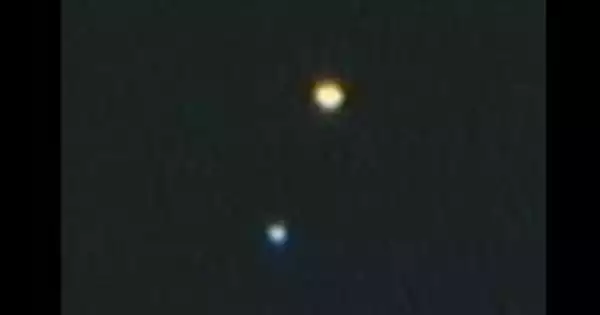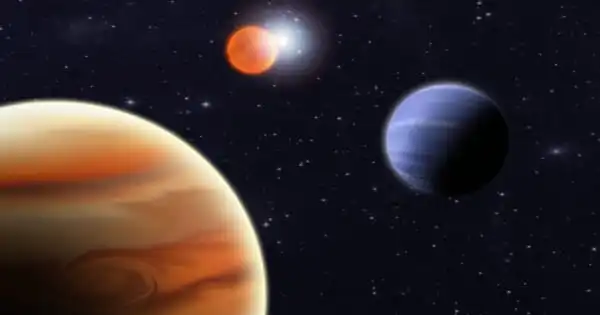Gliese 649 is a red dwarf star in the constellation Hercules that is approximately 34 light-years away from the Sun. An extrasolar planet has been discovered orbiting the star. It’s 33.9 light-years away from the Sun. It is a solitary star of the spectral type M2V with 54 percent of the solar mass. This system has at least one exoplanet.
Hercules is a constellation in the northern sky. It was called after Hercules, the Roman equivalent of Heracles, the Greek hero. Hercules is the sixth largest constellation in the sky, however, it contains no stars of the first magnitude.
A planetary companion
A Saturn-mass planet has been discovered orbiting the red dwarf star, according to Johnson et al. (2010). It contains 32.8 percent of Jupiter’s mass and orbits its star 1.15 astronomical units away in an eccentric orbit (e=0.3). The star can also be seen from Northern America, Europe, and Asia. Gliese 649 is around half the size of the Sun, and the temperature in its outer envelope is around 3734 K (3461 °C), which is roughly 65 percent of the Sun’s temperature.

Assuming a luminosity of 4.5 percent that of the Sun, the habitable zone is found at 0.21 AUs, implying that the planet will be as cold as if it were 5.5 AUs from a Solar-like star. Taking into account the planet’s differing periastron and apastron locations of 0.8 and 1.49 AUs, respectively, seasonal temperature fluctuations are anticipated. Gliese 649, a nearby star, can be found in the northern celestial hemisphere; you cannot see it with the naked eye, but you can watch it with a simple telescope.
Debris disk
A debris disk between 6 and 30 au was detected using data from the Herschel Space Observatory survey of 21 late-type stars conducted in 2010. Because the disk was not identified at 22µm by NASA’s Wide-field Infrared Survey Explorer, it is most likely below 100 Kelvin and similar to the Kuiper belt. The disk was slightly resolved and appeared quite asymmetric, which is probably consistent with its inclination being closer to edge-on rather than face-on.
Hercules is the fifth-largest constellation in the sky. It takes up 1225 square degrees of space in the sky. The constellation is located in the northern hemisphere’s third quadrant (NQ3) and may be viewed at latitudes ranging from +90° to -50°. Aquila, Boötes, Corona Borealis, Draco, Lyra, Ophiuchus, Sagitta, Serpens Caput, and Vulpecula are nearby constellations.
















